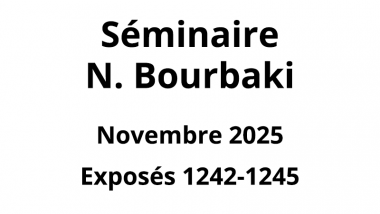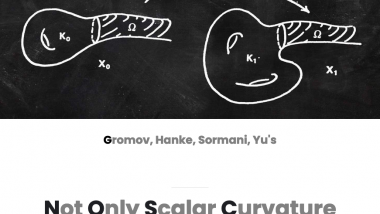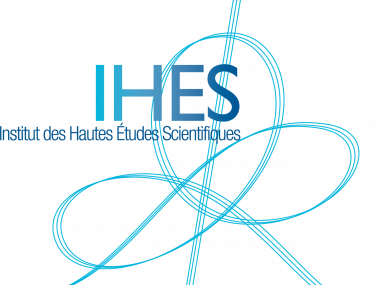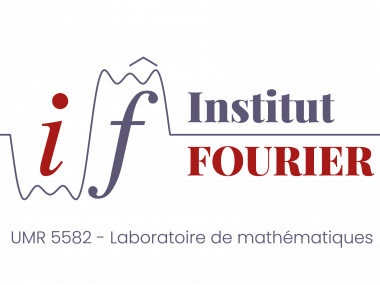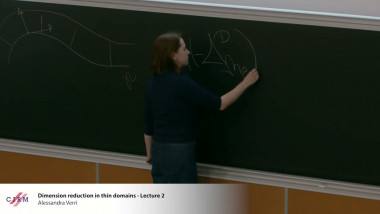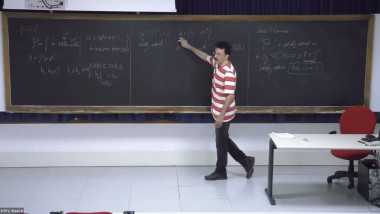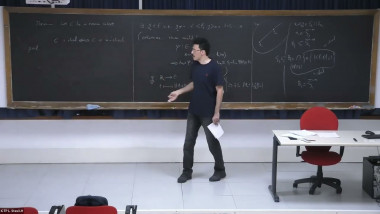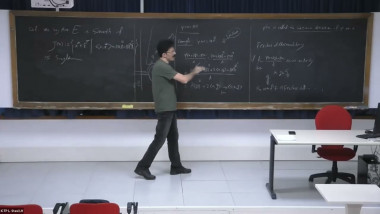Entangleability of Cones
Appears in collection : Matrix Models for Quantum Systems – Special Day of the Seed Seminar of Mathematics and Physics
We solve a long-standing conjecture by Barker, proving that the minimal and maximal tensor products of two finite-dimensional proper cones coincide if and only if one of the two cones is generated by a linearly independent set. Here, given two proper cones $C1, C2$, their minimal tensor product is the cone generated by products of the form $x1 \otimes x2$, where $x1 \in C1$ and $x2 \in C2$, while their maximal tensor product is the set of tensors that are positive under all product functionals $f1 \otimes f2$, where $f1$ is positive on $C1$ and $f2$ is positive on $C2$. Our proof techniques involve a mix of convex geometry, elementary algebraic topology, and computations inspired by quantum information theory. Our motivation comes from the foundations of physics: as an application, we show that any two non-classical systems modelled by general probabilistic theories can be entangled.


